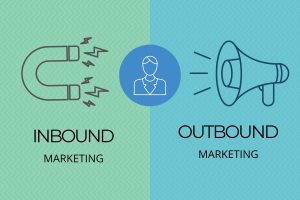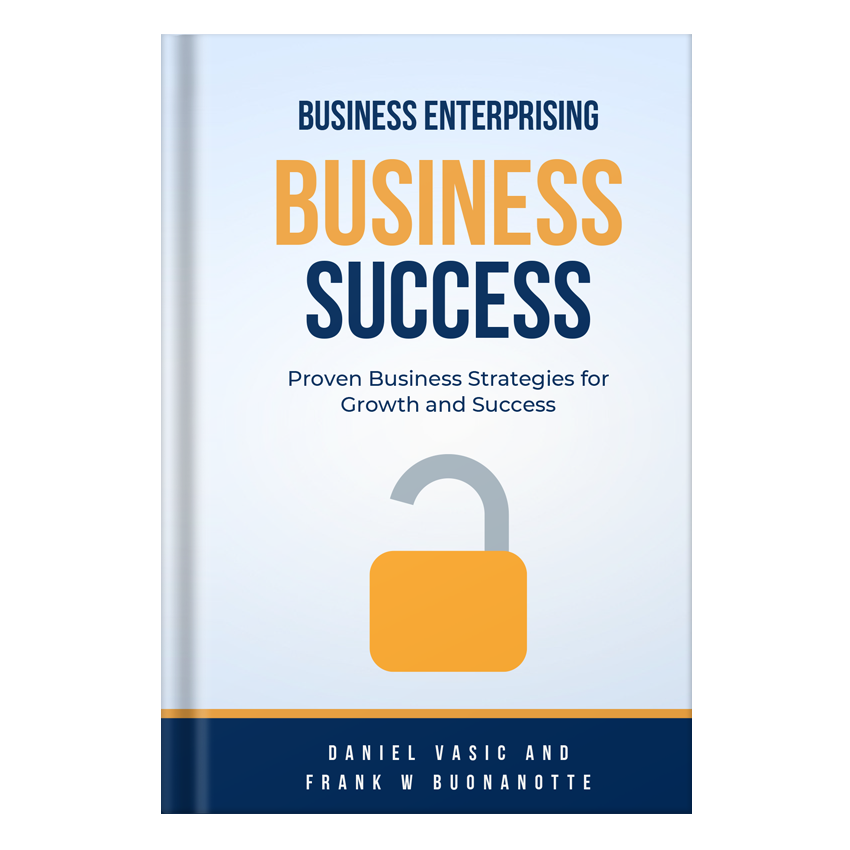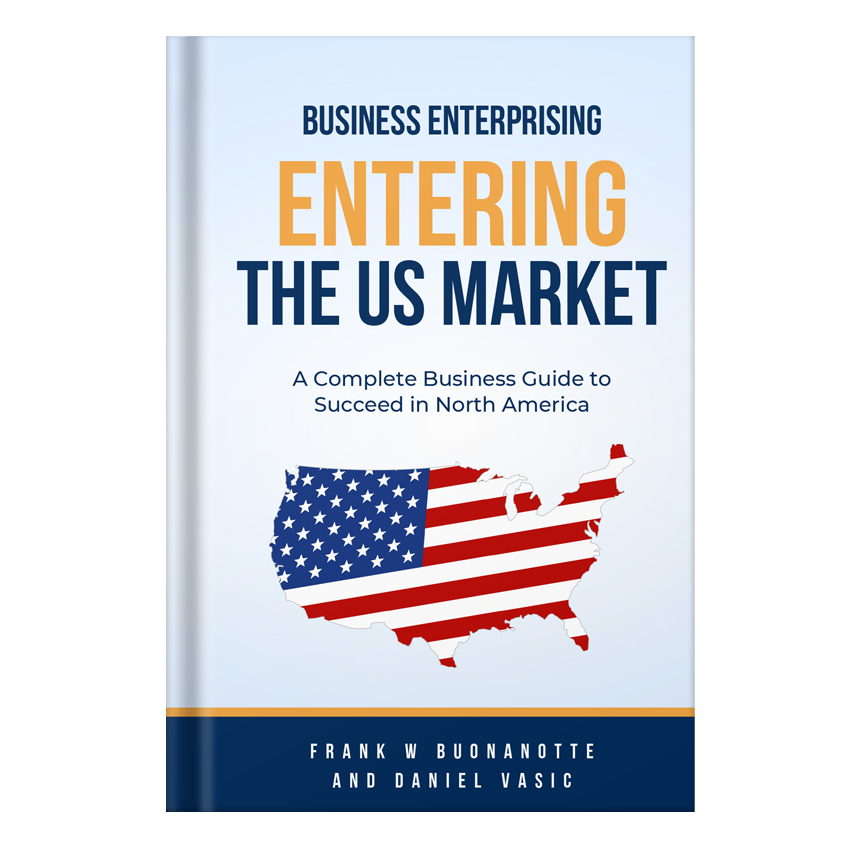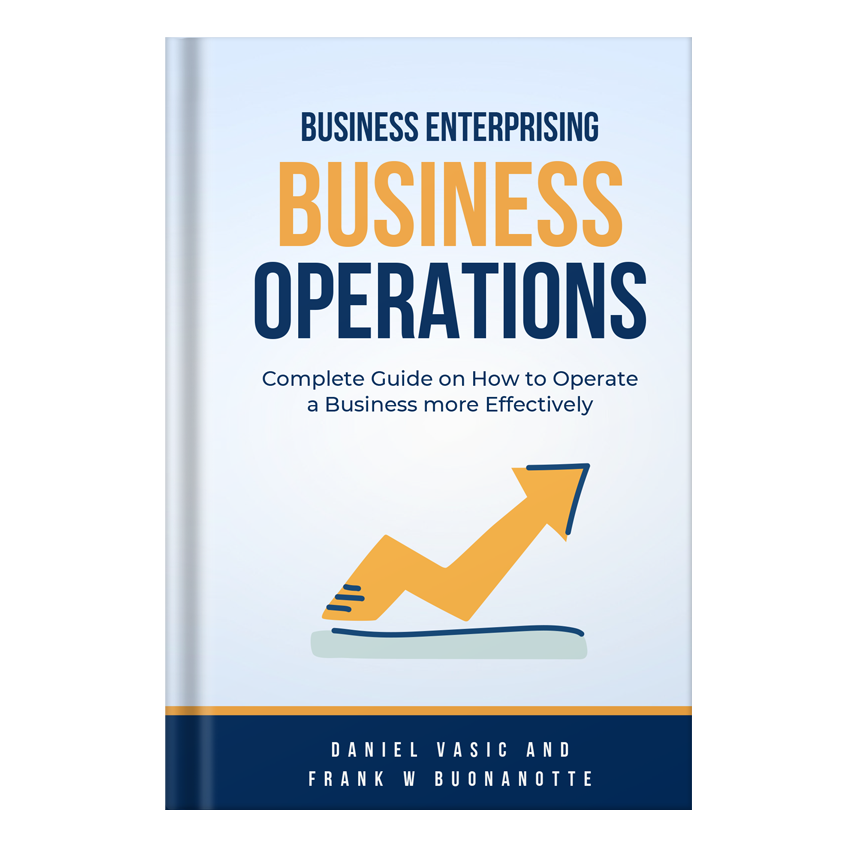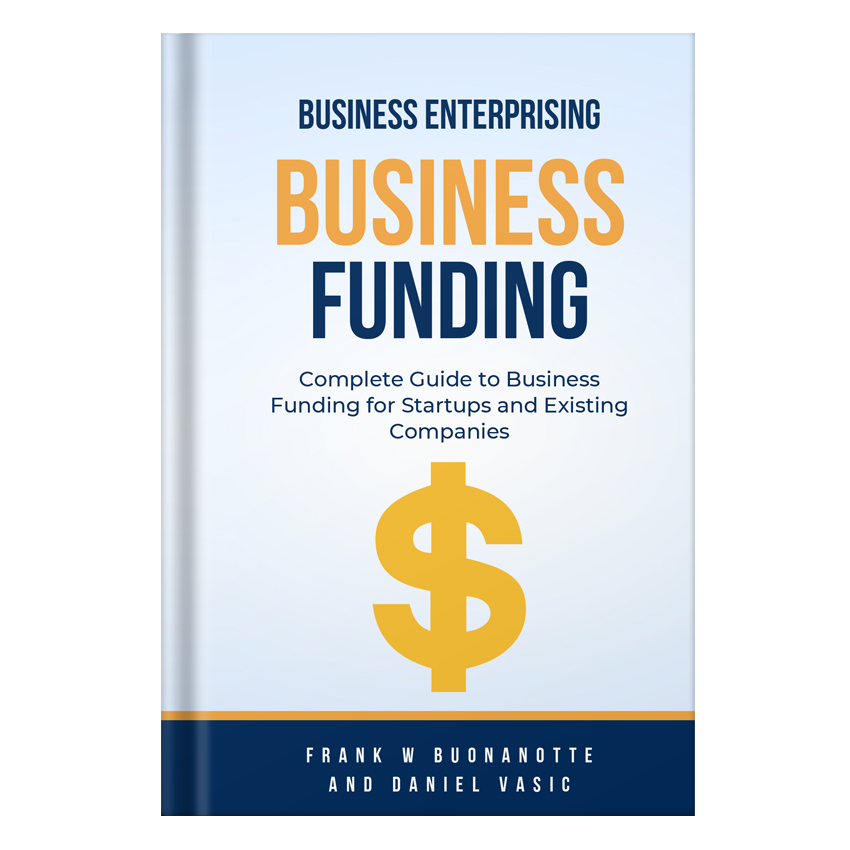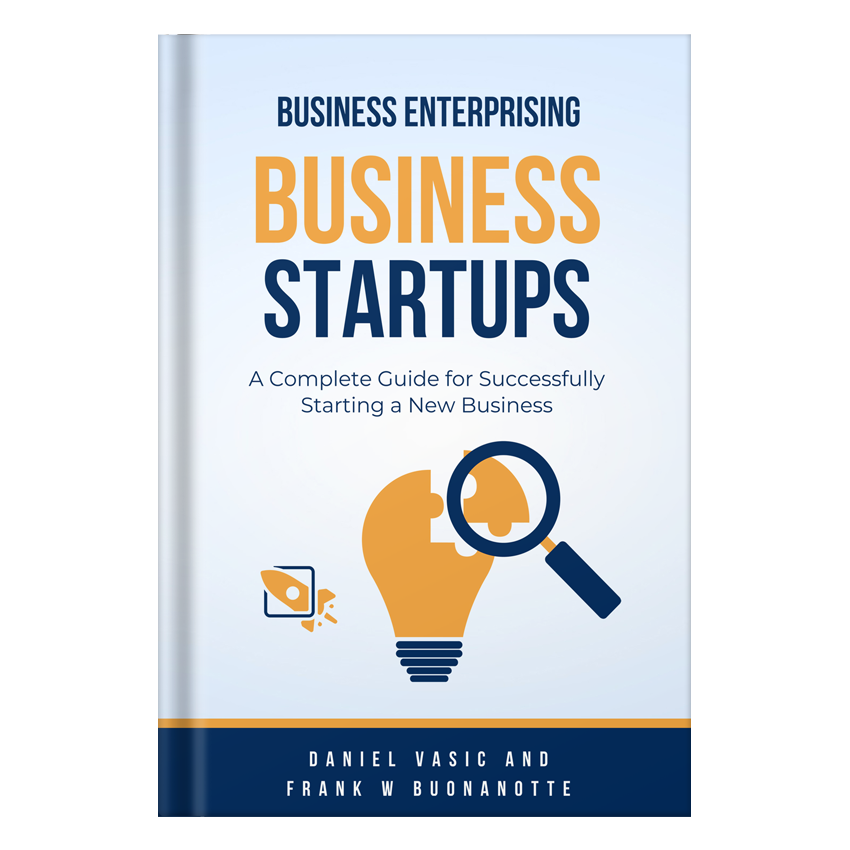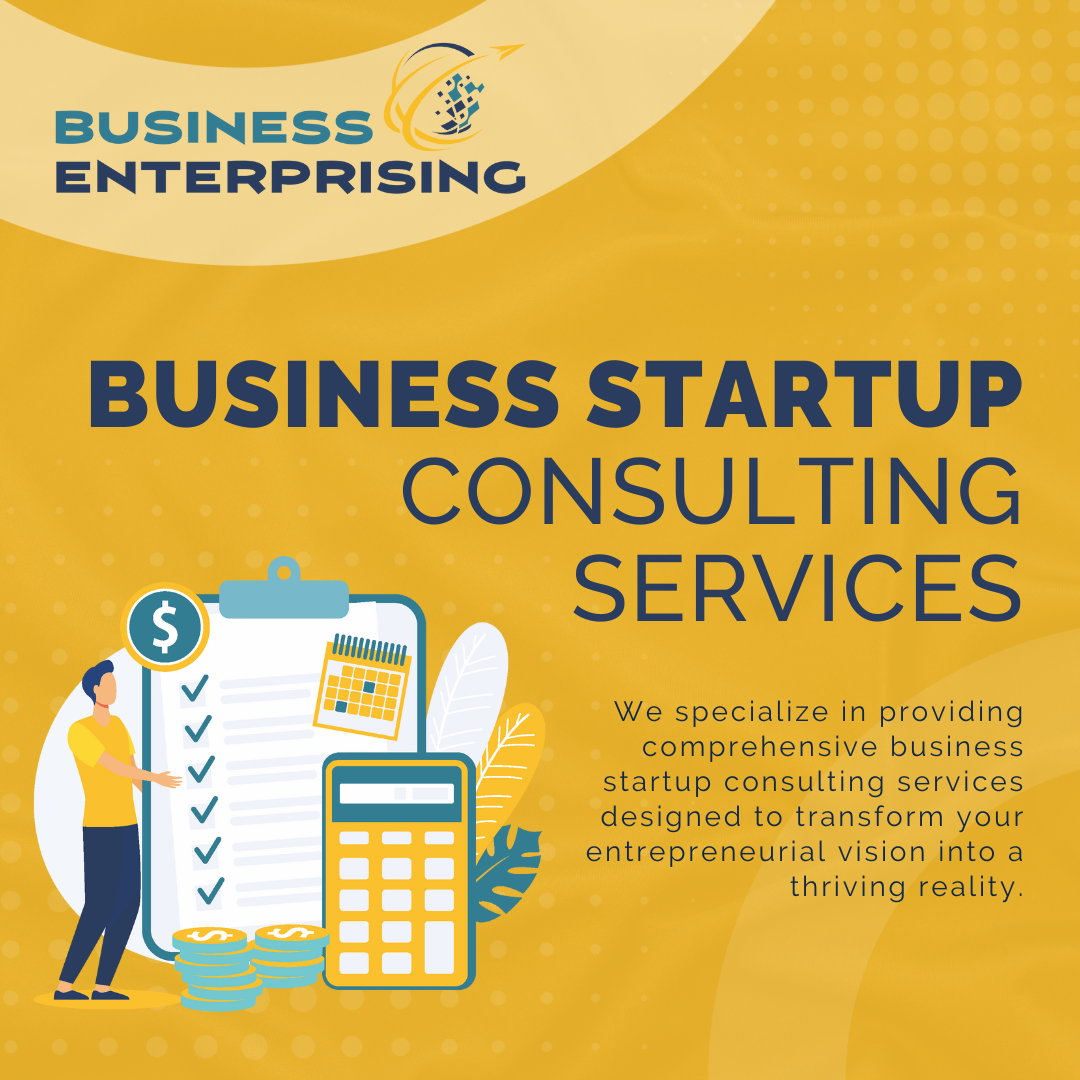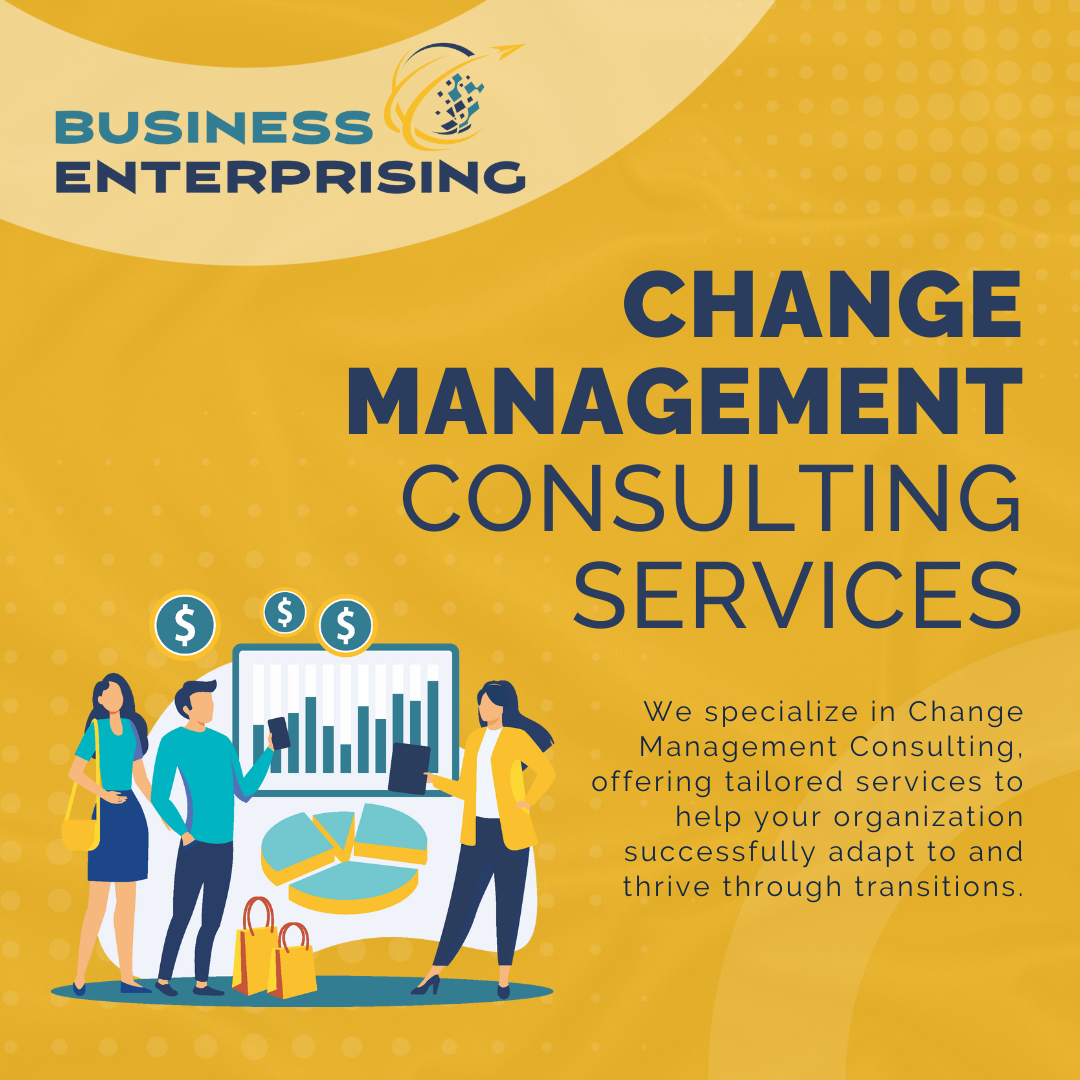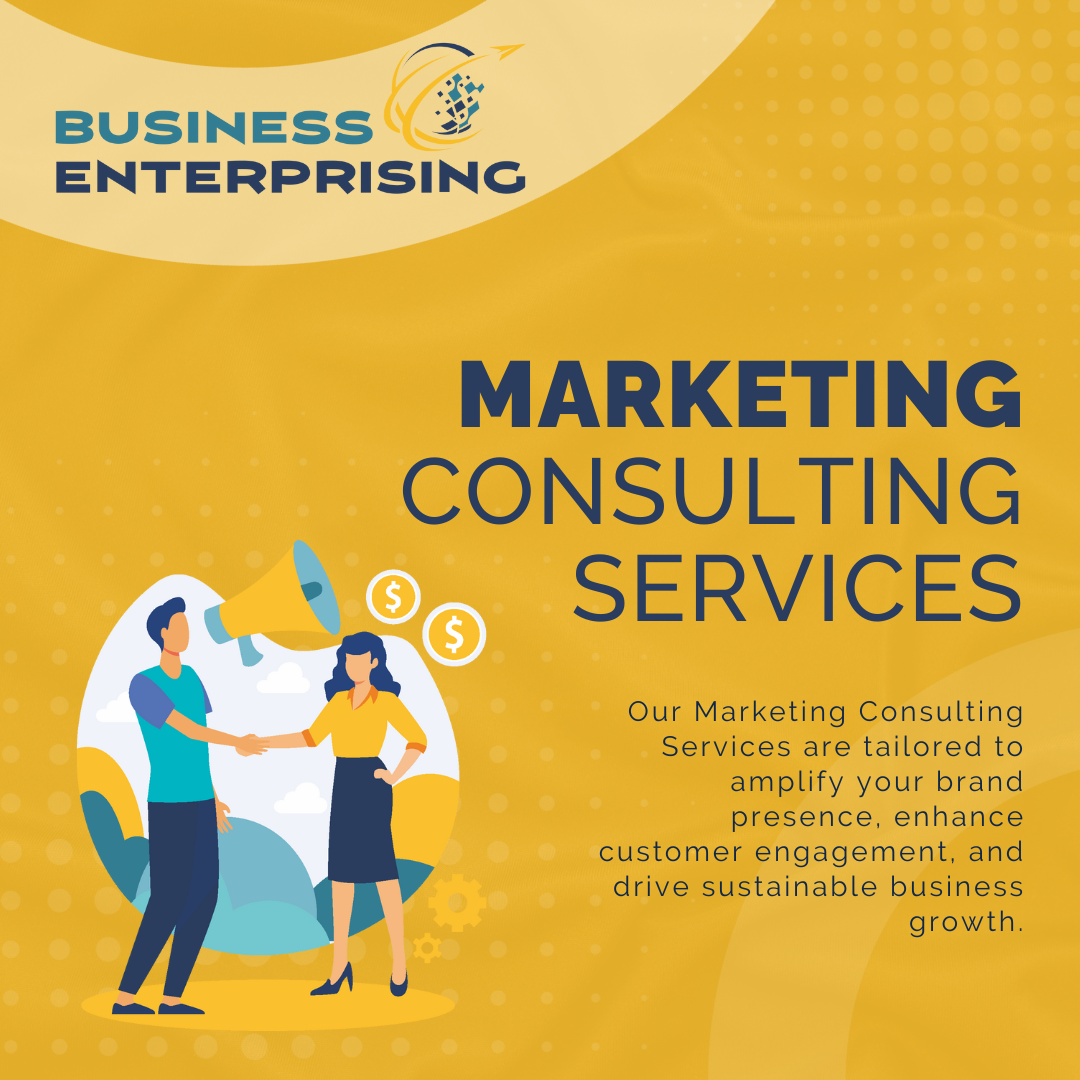Customer Retention Strategies
Customer retention strategies are essential for driving long-term success and growth. Retaining existing customers is often more cost-effective than acquiring new ones, and loyal customers tend to spend more over time. By focusing on strategies that improve customer satisfaction, businesses can build lasting relationships and increase brand loyalty. These strategies can include personalized experiences, loyalty…
Read articleHow to Create a Sustainable Brand
Learning how to create a sustainable brand is becoming increasingly important in today’s business landscape. Consumers are more aware of environmental and social issues, and they expect brands to act responsibly. Creating a sustainable brand means adopting practices that minimize environmental impact while promoting social responsibility. This includes sourcing eco-friendly materials, reducing waste, and partnering…
Read articleCloud Computing for Businesses
Cloud computing for businesses has become an essential tool in today’s fast-paced digital landscape. It allows companies to access scalable, cost-effective solutions that enhance efficiency and flexibility. By leveraging cloud services, businesses can reduce the need for traditional infrastructure and adapt quickly to market changes. Whether it’s storing data, running applications, or improving collaboration, cloud…
Read articleBuilding a Positive Company Culture
Building a positive company culture is essential for fostering a thriving, motivated, and productive workforce. A strong company culture not only aligns employees with the organization’s values and goals but also boosts morale and engagement. In today’s competitive business environment, companies that prioritize a healthy culture are more likely to attract and retain top talent.…
Read articleOptimizing Business Operations for Efficiency
Optimizing business operations for efficiency is crucial for long-term success. Efficient operations help companies reduce costs, improve productivity, and adapt to market changes. By streamlining workflows, leveraging technology, and fostering better collaboration, businesses can achieve higher performance and maintain competitiveness. Additionally, implementing data-driven decision-making ensures informed actions that lead to sustainable growth. As businesses grow,…
Read articleFinancial Statement Basics for Business Owners
Understanding financial statement basics is crucial for any business owner aiming to achieve long-term success. These statements provide a clear view of a company’s financial health, allowing owners to make informed decisions and plan strategically. Financial statements include the balance sheet, income statement, and cash flow statement. These documents reveal important insights into profitability, liquidity,…
Read articleInbound vs. Outbound Marketing
It’s important for businesses must understand the key differences between Inbound vs. Outbound Marketing to effectively reach their target audiences. Inbound marketing focuses on attracting customers by providing valuable content, while outbound marketing pushes messages directly to a broader audience. Both strategies offer unique advantages, depending on your business goals and target market. By combining…
Read articleEssential Traits of Successful Entrepreneurs
The essential traits of successful entrepreneurs are key factors that determine whether a business can thrive in today’s competitive landscape. Entrepreneurs face numerous challenges, from market fluctuations to team management, and must possess the right qualities to navigate these obstacles. Resilience, strategic thinking, innovation, and emotional intelligence are all critical traits that help entrepreneurs overcome…
Read article





